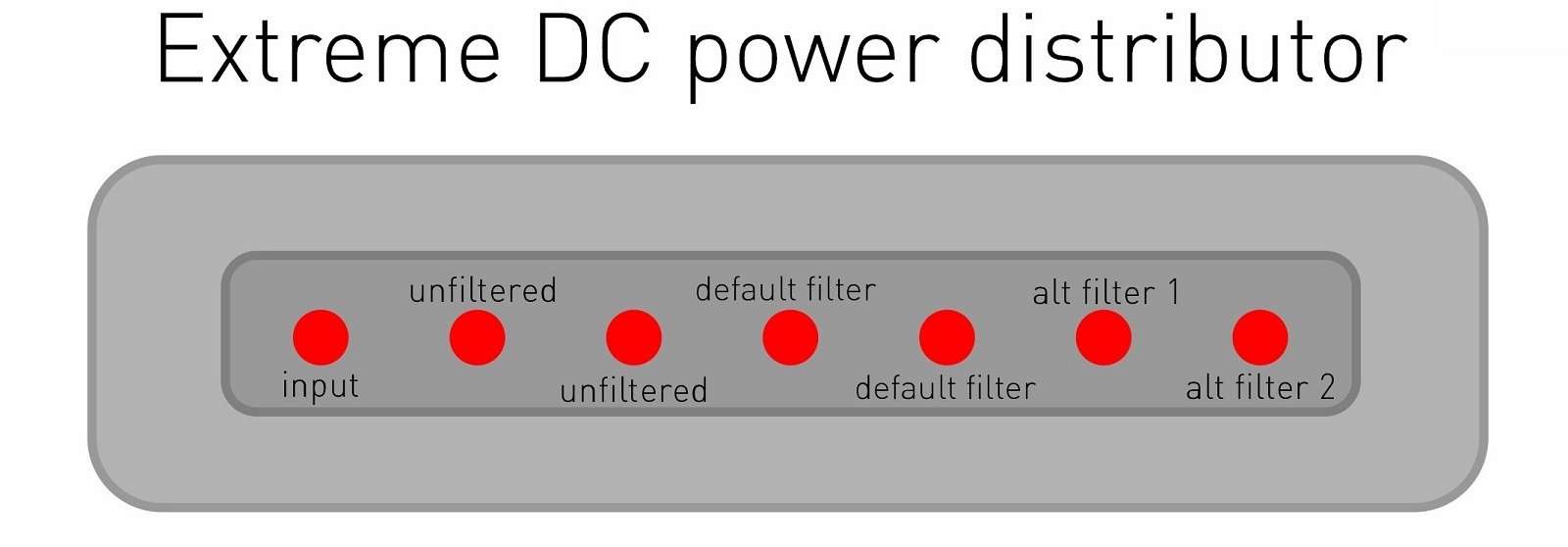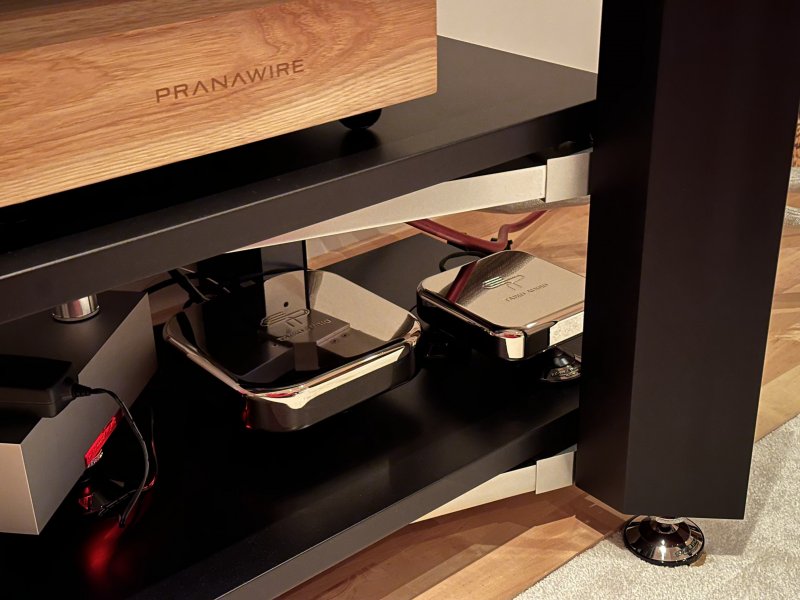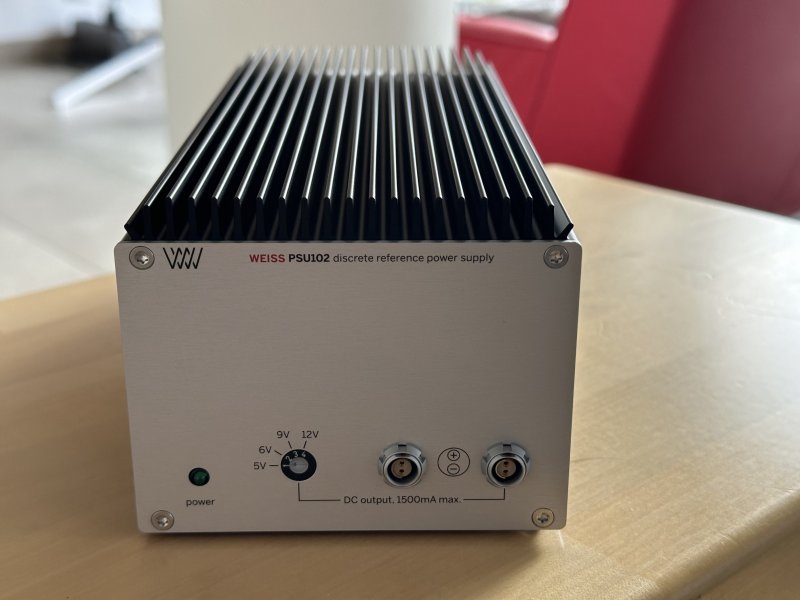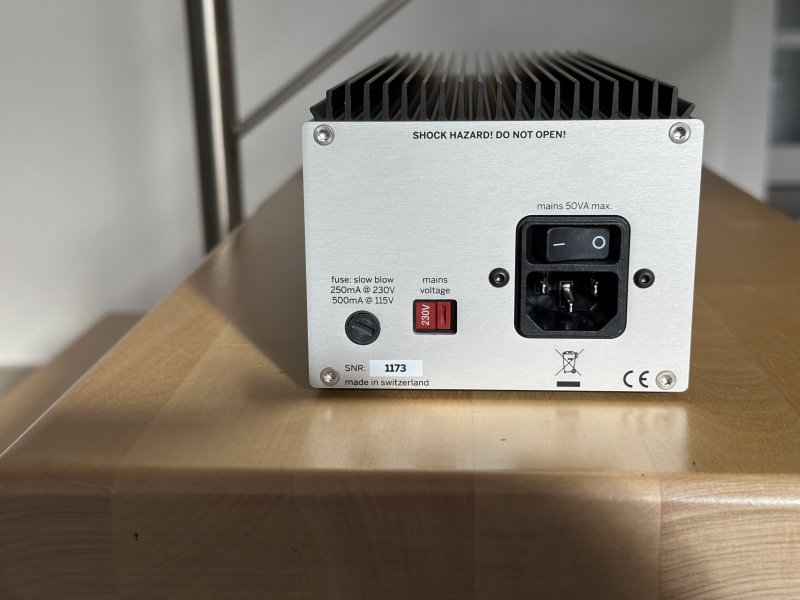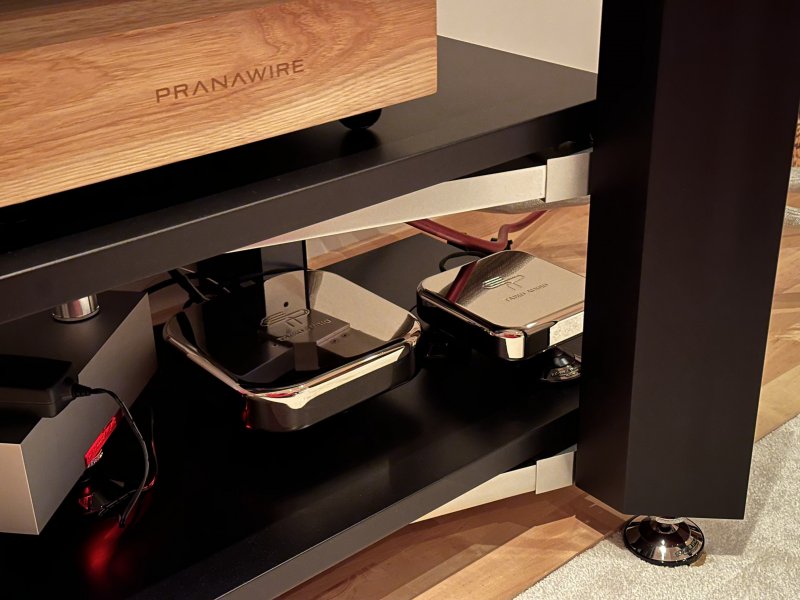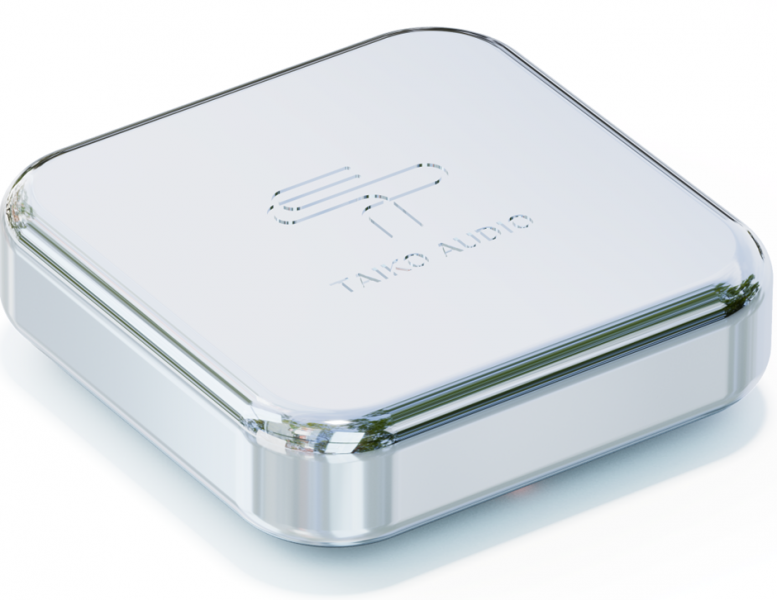
Introduction
With the Extreme DC Power Distributor, we designed a simple yet hugely effective power splitter with additional filtering that allows multiple devices to be powered from a single power supply while minimizing cross-contamination.
The 3 different filter outputs allow the user to tune the sound towards getting a neutral balance even with varying power supplies and mains conditions or throughout component changes.
Designed to pair perfectly with the Extreme Switch and Extreme Router, the DC Power Distributor is 100% compatible with any component from any manufacturer that requires up to 25 Volts and up to 10 Amps.
Background
The Extreme DC Power Distributor is a recent development resulting from discoveries made while addressing noise issues associated with Wi-Fi access points. For example, the discovery that the degradation caused by Wi-Fi noise is not dominated by the airborne / radio function but by its interaction with the supply that powers it, and how that, in turn, affects the mains supply that powers our entire systems, gave us a different perspective to investigate.
While testing a variety of power supply designs and various filters, the Extreme Switch and Router turned out to perform better by being powered by a single power supply instead of dual power supplies. This is because a 2nd power supply, even a very low noise linear design, produces more (interacted) noise than the Switch and Router combined. This is where the DC Power Distributor comes in.
Each of the DCD’s filters provides over 80dB of additional noise filtering. The filter’s 64 parts have been selected by ear; some are exotic and costly, like Duelund capacitors, and each has a clearly audible effect on the Sound Quality.
Power
You can use the Wall-Wart Power Supply that is included with the Extreme Switch or Extreme Router to obtain great results. However, higher-end power supplies will yield further increases in Sound Quality.
Features
- Chassis machined from a solid block of copper
- Voltage In = Voltage Out
- Connect your power supply of choice. The maximum input voltage is 25V
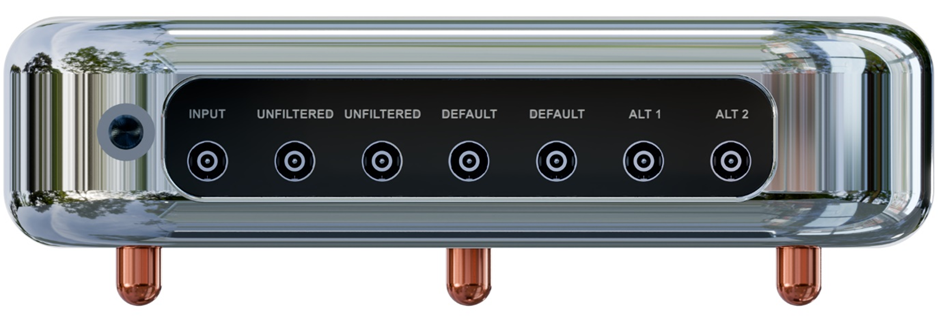
Connections
- Unfiltered: Direct-coupled to the input
- Unfiltered: Direct-coupled to the input
- Default: Neutral Filter Output, our recommended starting point
- Default: Neutral Filter Output, our recommended starting point
- Alt1: Relatively more “analytical”
- Alt2: Relatively more “natural”
- Maximum input voltage: 25V (voltage in = voltage out)
- Maximum current capacity: 10A
- Earth/Grounding Screw: M6 (use length as needed)
- Power Connector Dimensions: 2.5mm inner / 5.5mm outer / 11.3mm length (14mm recommended)
- Dimensions with feet: 16 x 16 x 5 cm / 6,30 x 6,30 x 1,97 in
- Dimensions without feet: 16 x 16 x 4 cm / 6,30 x 6,30 x 1,57 in
- Weight: 5.2 kg (11.5 lbs)
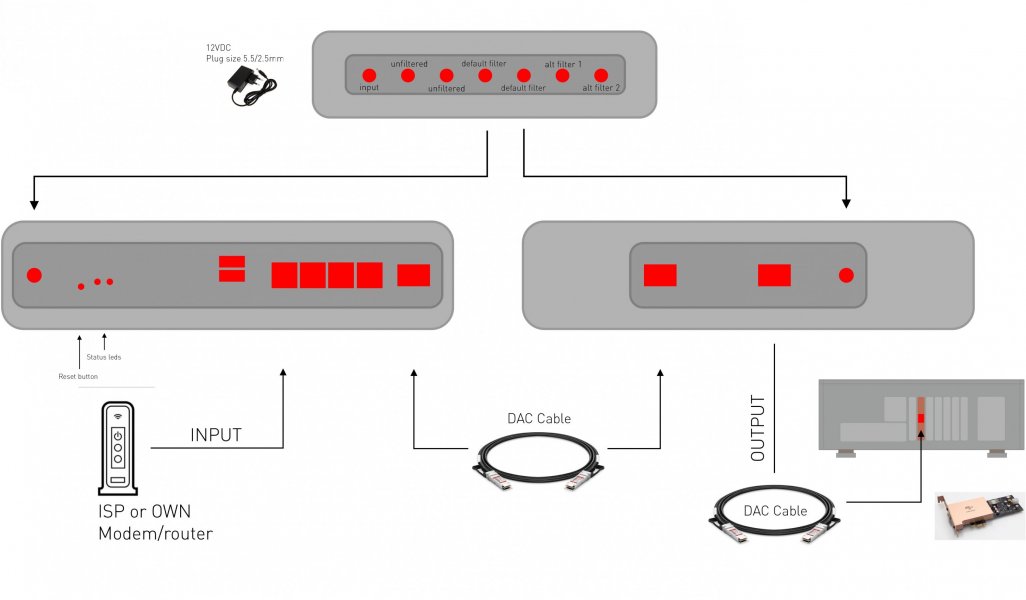
DC Power Distributor PCB
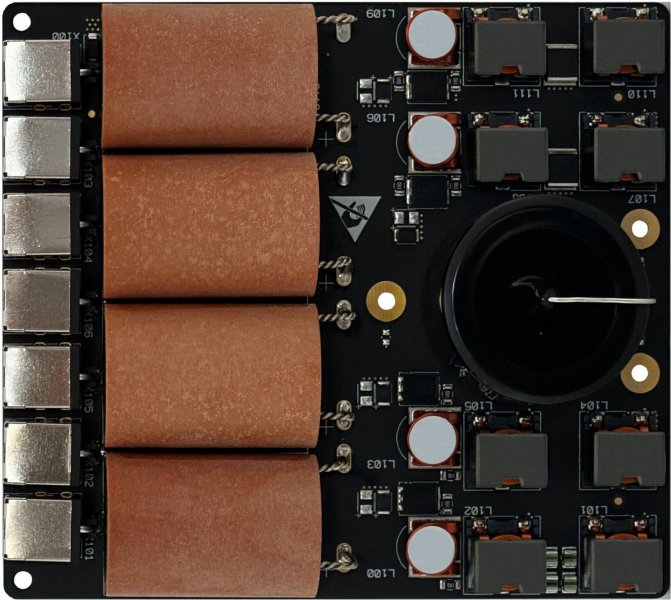
More info can be found on the Taiko Audio Website
Taiko Audio Extreme Extreme DC Power Distributor Product Page (Bundle Page, separate DCD Page to follow)
Taiko Audio Downloads Section
Attachments
Last edited:



